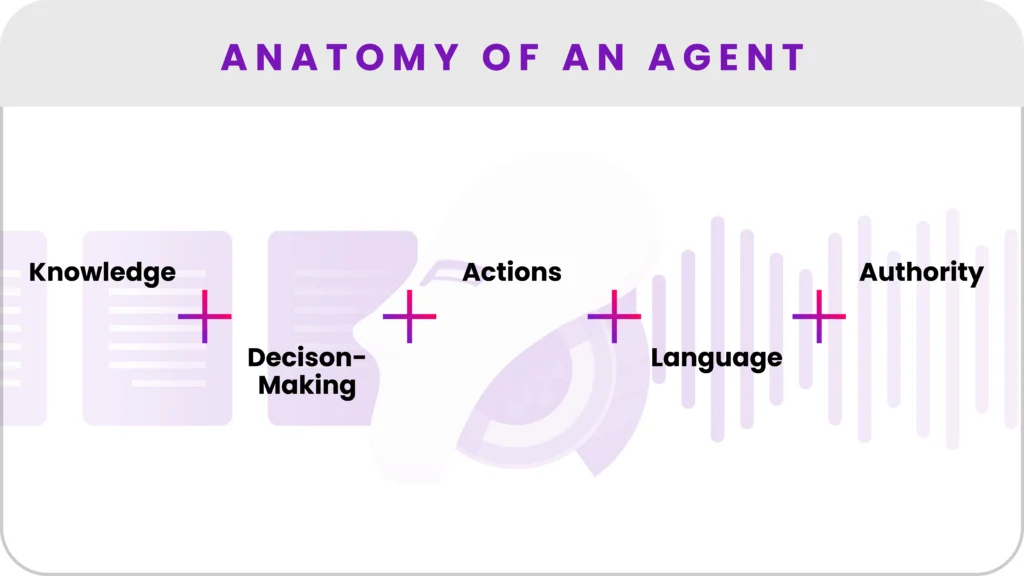SHARE:
[DISPLAY_ULTIMATE_PLUS]
Healthcare providers succeed when they give patients what they want. What do consumers want from healthcare? One foundational need is effective communication.
Gone are the days when a patient’s long-standing relationship with their provider was enough to keep them coming back. Today, convenience and personal preference trumps loyalty in healthcare provision. A recent healthcare consumerism study found that 80 percent of respondents want to take an active role in their health management. According to Deloitte’s 2020 Survey of US Health Care Consumers, more than half of consumers are “extremely likely” to tell their doctors when they disagree with them!
As the consumerization of healthcare is shaking up traditional delivery models, we see providers turning to digital solutions to offer greater value to healthcare consumers. It is the more exotic solutions that make the mainstream news. Self-diagnosing and health tracking technologies such as apps and wearables, augmented- and virtual-reality simulations for physician training, and therapeutic apps have all attracted media attention. However, as evidenced by the success of telemedicine during the pandemic, consumers place a high premium on a more foundational component of care: communication.
Healthcare is about people. And though patients are consumers in a busy and vibrant market, they are also human beings. As in every other area of life, when interacting with people, they want good and open communication.
Emotional connection amidst technology
What do consumers want from healthcare? Beyond the care itself, patients also expect the fulfilment of their emotional needs around health, dignity, and personal integrity. As described in a Healthcare Quarterly article, emotional support is a dimension of patient satisfaction that garners little attention in healthcare contexts, but is highly: “We need to teach providers how to maintain a caring disposition amongst all this new technology. The provider-patient transaction is still fundamentally one between human beings.”
In this context, communication plays a very fundamental role in the nourishment of the patient-provider relationship. Effective communication influences a wide array of outcomes, including: emotional health, symptoms resolution, function, pain control, and physiologic measures. Moreover, collaborative communication and decision making correlates with greater patient satisfaction and loyalty.
In the modern era, patients are welcoming a broader conversation with their primary care providers; a conversation that covers their entire wellbeing. The rise of healthcare consumerism advocates a paradigm shift from “doctor says, patient does,” towards a model that fosters a working partnership. With this shift underway, providers must enhance lines of communication.
This includes understanding how cultural differences impact decisions, and being able to modify care to align with consumers’ culture. It certainly includes being able to converse in the language most appropriate to the patient.
Without help from technology, how can providers possibly respond to the communication needs of the modern patient? As technologies are advancing in other sectors, consumers want and expect the same in healthcare. If you can book a flight with your smartphone, why not a doctor’s appointment?
Adopting working communication solutions
Providers need to embrace communication solutions for healthcare that are simpler, pleasant, convenient, and more productive. Providers should facilitate this at the point of patients’ research, scheduling, intake, as well as a follow-up treatment. Expanding healthcare consumers’ digital connection to providers provides not only convenience but also personalization of care.
We have observed the success of this approach firsthand at WELL. We offer an efficient hub that connects patients and healthcare providers through mechanisms such as phone, text, email and live chat. A provider can switch between automated messages and real-time interactions, to deliver information the way their consumers want.
The net impact of a platform like WELL is that:
Patients can communicate more swiftly and more conveniently.
They can communicate where, when, and using the technology that they want.
Providers can easily create personalized messages.
Providers can also reach and treat patients in their own language, enhancing the ability of a provider to show maximal cultural sensitivity.
WELL provides superior last-mile patient communication
Many healthcare providers and consumers are experiencing how the WELL hub gives consumers the communication they want.
The staff of Santa Monica Orthopaedic and Sports Medicine Group (SMOG) immediately noticed significant improvement in their patient response after implementing WELL. A high number of unsolicited individual patient comments came in, with comments raving about the enhancement in service quality. Live call responses have also increased to 85 percent from a previous 50, while call volume dropped by 20 percent.
For the Vista Community Clinic in Southern California, overall patient satisfaction has climbed to 86.4 percent. “They love it! It’s one of those things that, if it went away, I think we would have very unhappy patients,” Michelle Monroe, the practice’s COO, said of WELL. Meanwhile, ALTURA Centers for Health has seen a 22-percent decrease in no-shows, a 10 percent increase in appointment confirmations, and doubled patient satisfaction rates.
All of these positive outcomes are the result of giving consumers one of the key things they want from healthcare: powerful and nourishing communication.
“It has become a lot easier to confirm appointments, as well as leave feedback afterwards,” said a patient at Columbia Pain and Spine Institute. The practice has received overwhelming positive reviews.
Giving patients the communication they want
The rise of consumerism in healthcare has forced industry players to adopt differentiation strategies to trigger competitiveness in the market. When asking themselves “What do consumers want from healthcare?”, providers need to start with the foundational human factor of communication.
This means tapping into other ways of communication other than phone and email. Use text updates and reminders, adopt telehealth technologies to advance patient engagement, and leverage patient-generated health data to enhance visibility into patients’ wellbeing. All of these communication strategies deliver a desirable healthcare experience for consumers.
Contact WELL Health today to see how a full-solution communication for healthcare can help you and your patients. ♥



